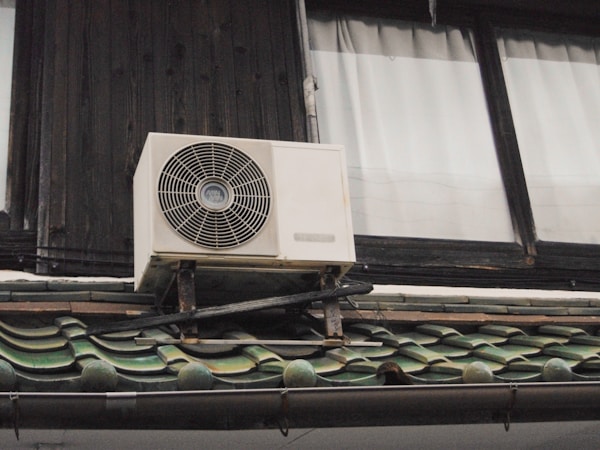Your air conditioner's condenser is an essential part of your HVAC system. It is the component of your air conditioner that cools the air inside your home by releasing the heat that it absorbs from the atmosphere outside. The condenser works by taking in the hot air from outside and transferring the heat to the refrigerant within the system. The refrigerant then passes through a series of coils and tubes which release the heat. However, condensers can malfunction, and this can result in problems with your HVAC system. Fortunately, there are resources that can teach you what to do. If you're in need of advice, keep reading to learn about the warning signs of a faulty AC condenser.
What are the warning signs of a faulty AC condenser?

It's good for homeowners to know what are the signs of a bad AC condenser. One of the first warning signs of a faulty AC condenser is decreased cooling efficiency throughout your home or office space. This could be caused by a number of factors, including clogged filters, dirty coils, or other problems with the HVAC system’s components that would need to be addressed. If these issues are ruled out then it may be due to an issue with the condenser itself such as a damaged fan motor or compressor failure causing inadequate airflow through its fins which reduces its ability to absorb heat from inside your living space.
Another sign of potential trouble for your AC condenser is when you start noticing increased noise coming from outside near where it’s located during operation. This could indicate something wrong internally within its internal parts like worn bearings needing replacement which should be taken care of promptly so further damage does not occur over time leading up to even bigger repair expenses later down the road. Some people may also observe their electricity bill increasing, which could suggest that their compressor is having trouble starting up due to age-related wear and tear.
Generally, if you want to keep your HVAC system and its components in good working order, then you need to maintain it properly too. This includes having it inspected annually by a technician and changing the air filter at least once every 90 days. Some homeowners opt to change their filters on a monthly basis in order to ensure peak performance. The average lifespan of an HVAC system is between 10 and 15 years.
How else can you maintain your preferred indoor temperature?

Now that you know how to deal with a faulty AC condenser, let's talk about some other things you can do to maintain your preferred indoor temperature. For example, a smart thermostat can give you more precise control over your HVAC system. Not only does it save you money on your energy bill, but it can also conserve energy and make your home more comfortable. Smart thermostats are able to do this by learning your habits and adjusting the temperature accordingly. Some models can even optimize your energy consumption to be as eco-friendly as possible.
If you want your air conditioner to be as effective as possible, you need to ensure that your home is well-ventilated. Ventilation circulates the air in your home, allowing the air conditioner to run more efficiently. Poor ventilation can cause the air conditioner to work harder and increase your energy bills, not to mention cause uncomfortable hot spots in the home. Ventilation also prevents the growth of mold and mildew. The easiest way to keep your home well-ventilated is to open the windows and doors from time to time. You can also make use of standing and ceiling fans.
As you can see, it is crucial to be aware of the warning signs of a faulty AC condenser in order to maintain the efficiency and reliability of your air conditioning system. You need to be able to identify these signs and take the necessary steps to prevent further damage or an eventual system shutdown. You can further improve your home environment by taking steps like upgrading to a smart thermostat and increasing your home's ventilation. If you follow the tips in this article, then you'll be able to maintain a comfortable atmosphere at home, no matter what the temperature is like outside.






